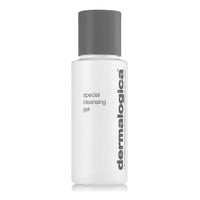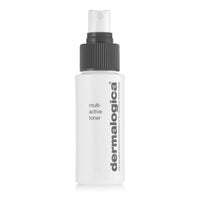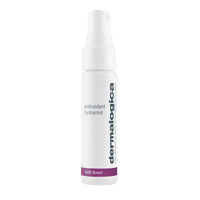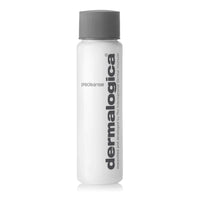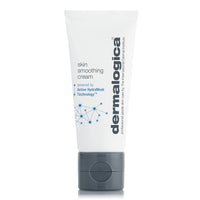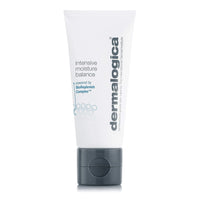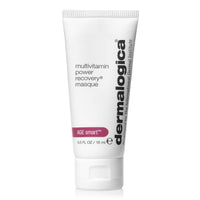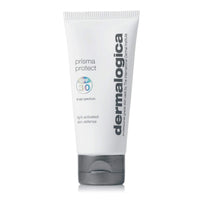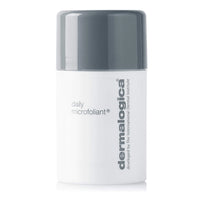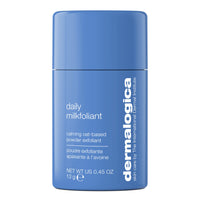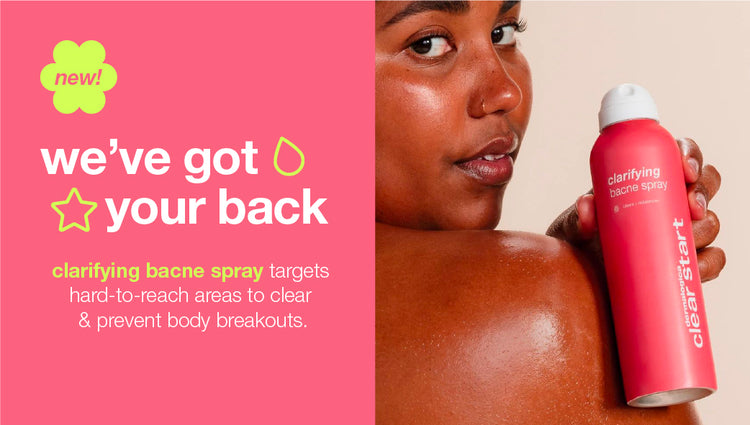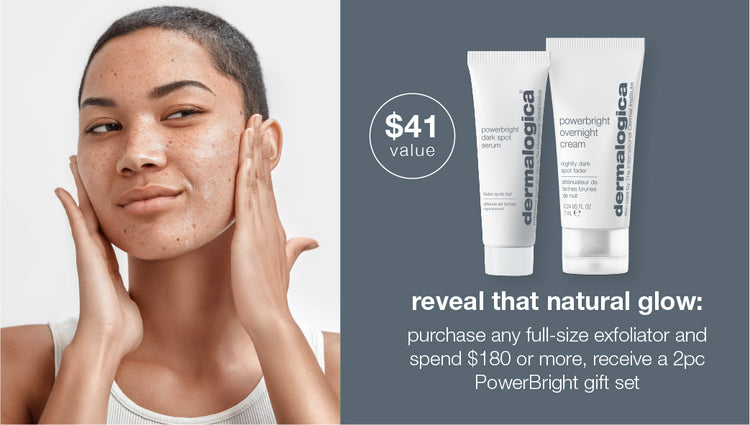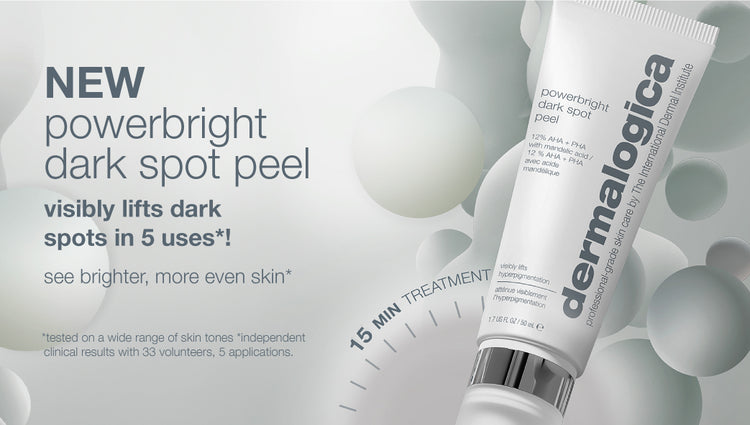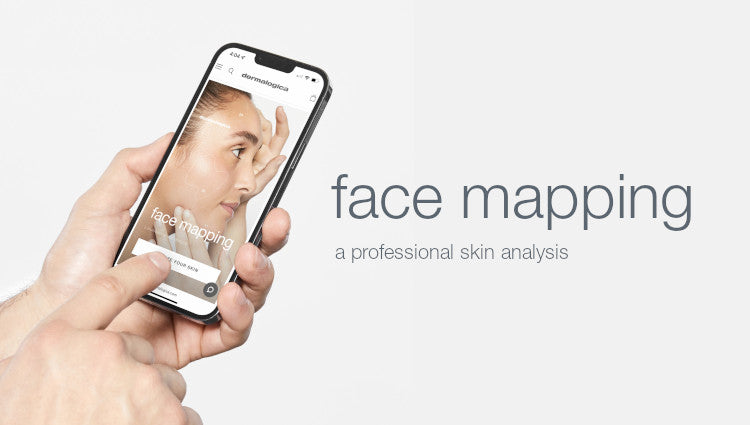Skin care’s unsung hero has your face—and your back.
When you’re beach bound, you know there’s no messing around: you need to wear sunscreen or you’ll feel the wrath of a skin-scalding sunburn before you’ve left the beach. But what about the other several hundred days of the year?
Here comes the sun
With summer in full swing, it’s tempting to spend every hour outside. But 90% of skin damage is a result of photoaging, which is all thanks to that glorious exposure to sunlight and UV rays. And while those painful sunburns do contribute to some nasty damage, the cumulative effect of sun exposure compounded day after day shows up on your skin in many unpleasant ways: “Apart from decreasing the risk of skin cancer, sunscreens help protect the skin from sunburns and photoaging – which appears in the form of fine lines, wrinkles and pigmentation,” says Dermalogica Skin Therapist Maicy Dizon.
And we get it: taking care of your skin is a chore. Applying sunscreen is one extra step. But finding an SPF that you love to apply and that loves your skin back will mean the difference between maintaining the way your skin looks now and searching all night on the internet for a laser treatment or injectable that will undo all of the damage. Sunscreen is the non-negotiable product that everyone needs in their routine, regardless of skin type, age and colour. Dizon often hears of people complaining that sunscreens are irritating or too thick (and difficult to blend). But it’s not a one-size fits all kind of situation when it comes to finding the best sunscreen for your face, says Dizon. “Most people don’t realize—just like your moisturizers, serums and creams—there are different categories of sunscreens in the market,” she says. The two categories are chemical sunscreens and physical ones.
Suit your skin type
According to Dizon, chemical sunscreens work best for those who are out swimming or exercising vigorously outside. “However, they tend to be the culprit of irritation when using sunscreen,” she says. This is a result of the way that chemical sunscreens work to protect the skin; they work by absorbing the UV rays from the sun and converting it into heat. In those who are exceptionally sensitive, the added heat from this process can result in an itchy sensation or sometimes erythema (a reddening of the skin). “For anyone with sensitive skin or who may be suffering from skin conditions such as eczema, psoriasis or rosacea, physical sunscreens are a more appropriate and skin-friendly alternative,” she says. Dizon says physical sunscreens work best for all skin types as they are generally non-irritating. “Acting almost like a shield, the mineral filters in a physical sunscreen reflect the UV rays off the skin – which means no heat and no irritation for more sensitive skin types. One downside to some physical sunscreens is that they can sometimes be hard to blend if not formulated properly,” she says. Dermalogica’s latest innovation, Invisible Physical Defense SPF 30 uses non-nano zinc oxide, which allows it to blend seamlessly with any skin type and defend against blue light from our devices which may cause accelerated skin aging.”
SPF step by step
To keep yourself in a sunscreen routine you won’t want to quit, look for moisturizers that already have sunscreen built in, such as Dermalogica Dynamic Skin Recovery SPF50, which boasts an SPF 50, an antioxidant White Tea to thwart off environmental pollutants, and a polypeptide to smooth the appearance of skin that’s seen the impact of the sun.
Not only does it save you a step, but as Dizon points out, “how likely are we to leave the house without something as important as our moisturizer? For me, almost never!” she says. As for how much to apply? Think like Vegas: More is more! Be generous and apply at least 1 teaspoon to your entire face and neck, more than 20-30 minute before you head outside.
Confused by where and when to apply your sunscreen? “The best time to apply sunscreen in your daily routine would be right after your moisturizer and right before makeup. If you’re worried about your makeup and sunscreen interaction, Dizon recommends using a primer first. Some may have SPF built into them, and they always create a smooth canvas for the makeup that is applied afterward. Even without makeup on top, primers give skin a flawless, soft finish.
Even on cloudy days…
If your mission is to prevent as much skin aging as possible, you can’t relegate sunscreen application to those sunny beach or park hangs. “UV rays are persistent and can still get through those clouds,” says Dizon. “I always recommend playing it safe and getting into a habit of regularly wearing sunscreen. And when you’re outside, reapply sunscreen every 2-3 hours to ensure you’re getting as much sun protection as possible. If you’re extra sweaty and active, or wiping your face a lot (such as in between perfecting your pool dives), you’ll need to apply it more frequently.
It’s easy enough—once you find the sunscreen that you’re most likely to use—don’t stop using it. Until it expires of course—expired sunscreens are tested just like drugs, so once they expire, they will not help prevent you from aging or burning. The best sunscreen for your face is the sunscreen you will use, all day, whether it’s overcast and cool or blindingly bright.
Still unsure about the best sunscreen for your skin type? Schedule a free consultation with one of our Skin Therapists to ask questions and help you find your new sunscreen BFF.
